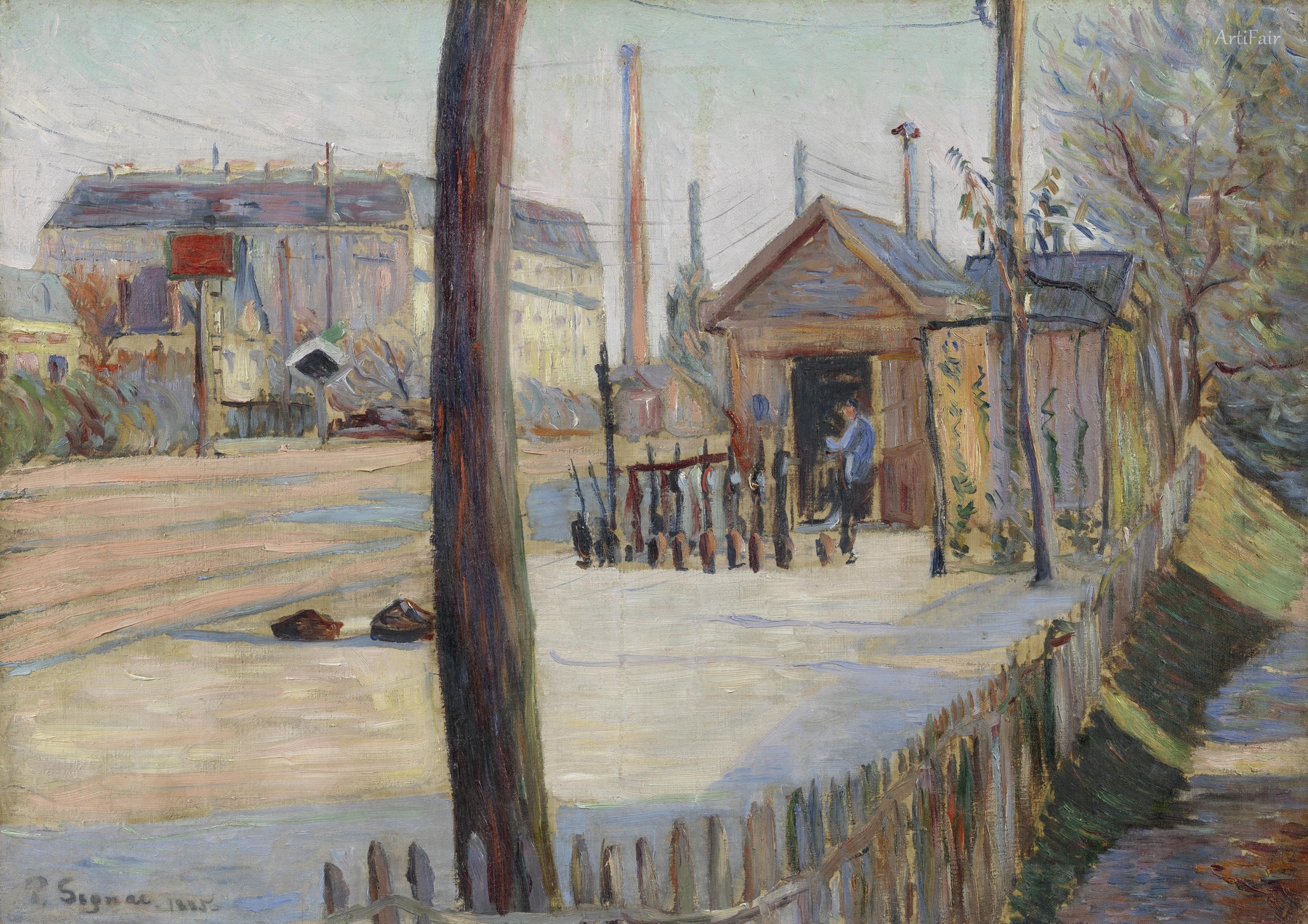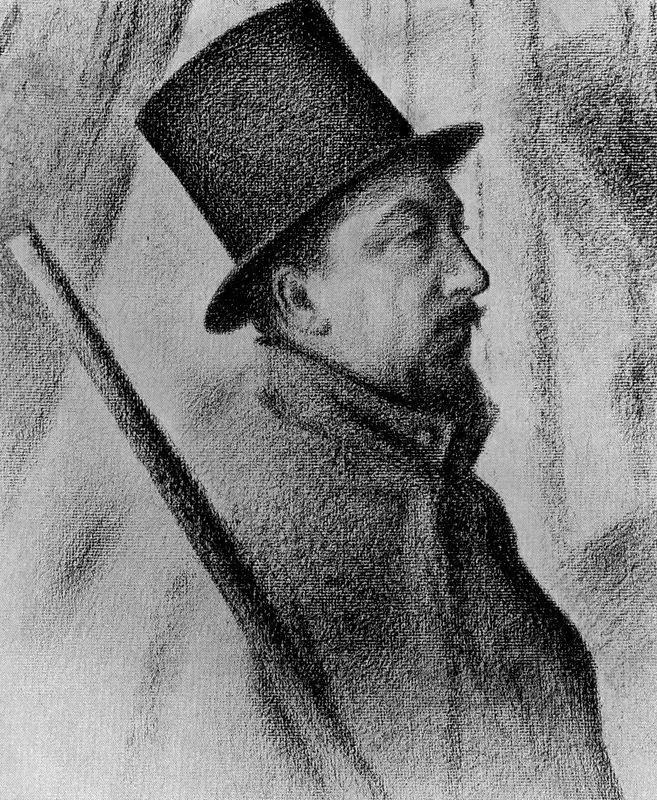

Paul Signac
FR
122
Artworks
1863 - 1935
Lifespan
Artist Biography
Paul Victor Jules Signac (1863–1935) was a pivotal French Neo-Impressionist painter, whose intellectual rigor and artistic innovation significantly shaped the course of modern art. Born in Paris into a prosperous family, Signac initially considered a career in architecture. However, a profound encounter with Claude Monet's work at an 1880 exhibition ignited his passion for painting. Forsaking formal architectural studies, he embarked on a self-taught artistic journey, deeply inspired by the Impressionists' approach to light and color, and developed an early love for sailing, which would become a recurring theme and inspiration in his art.
In 1884, Signac's life took a decisive turn when he met Georges Seurat. He was captivated by Seurat's systematic working methods and his groundbreaking theories on color, which proposed that colors could be mixed optically by the viewer's eye rather than physically on the palette. Together, they championed and developed the technique known as Pointillism (or Divisionism), characterized by the application of small, distinct dots of pure color to the canvas. Signac became Seurat's most loyal supporter, friend, and, after Seurat's early death, the primary theorist and promoter of Neo-Impressionism, meticulously articulating its principles and defending its revolutionary vision against conservative critics.
The Mediterranean coast, particularly the sun-drenched landscapes of the South of France, became a central motif in Signac's oeuvre. He frequently summered in Collioure and later bought a house, "La Hune," in Saint-Tropez, transforming it into an artistic haven for friends like Henri Matisse. Beyond his artistic pursuits, Signac was a co-founder of the Société des Artistes Indépendants in 1884, an organization dedicated to exhibiting art without the constraints of juries or awards, embodying the motto "Neither jury nor awards." He served as its president from 1908 until his death, tirelessly advocating for artistic freedom and providing a platform for emerging avant-garde movements. Signac was also deeply engaged with anarchist political thought, influenced by thinkers like Kropotkin, and his utopian ideals sometimes found expression in his work, such as his painting "In the Time of Harmony."
Signac's artistic exploration was not confined to oil painting. He was a versatile artist who experimented with various media, including watercolors, etchings, lithographs, and numerous pen-and-ink sketches meticulously composed of tiny dots. His dedication to the scientific principles of color and light had a profound impact on subsequent artists. He notably inspired Henri Matisse and André Derain, playing a crucial role in the development of Fauvism. Recognizing the innovative spirit in others, Signac was the first to purchase a painting by Matisse, demonstrating his commitment to supporting the avant-garde. His financial success allowed him to be a generous patron of the arts.
Throughout his life, Signac remained an avid sailor, undertaking extensive voyages around the coasts of Europe. These travels provided him with a continuous stream of inspiration, which he captured in vibrant watercolors sketched rapidly from nature, later developing them into larger studio canvases. His theoretical contributions were also significant, most notably his influential treatise "From Eugène Delacroix to Neo-Impressionism" (published in 1899), which provided a historical context and detailed explanation of Neo-Impressionist techniques and color theory. In his personal life, Signac married Berthe Roblès in 1892. Later, he formed a relationship with Jeanne Selmersheim-Desgrange, with whom he had a daughter, Ginette, in 1913.
Paul Signac died in Paris on August 15, 1935, from sepsis, leaving behind an immense body of work and an enduring legacy. He is celebrated not only for his pioneering role in Neo-Impressionism and his stunning, luminous paintings but also for his unwavering advocacy for artistic innovation and independence. His influence extended far beyond his own circle, shaping the trajectory of modern art and inspiring generations of artists to explore new frontiers of color, light, and form.